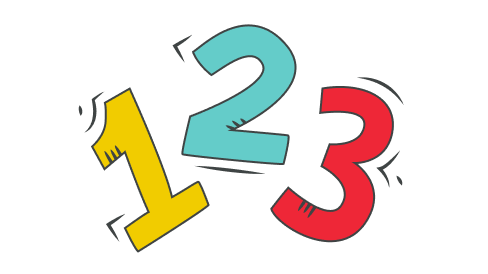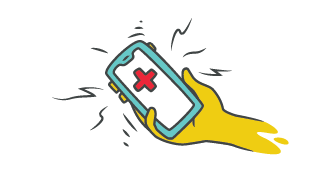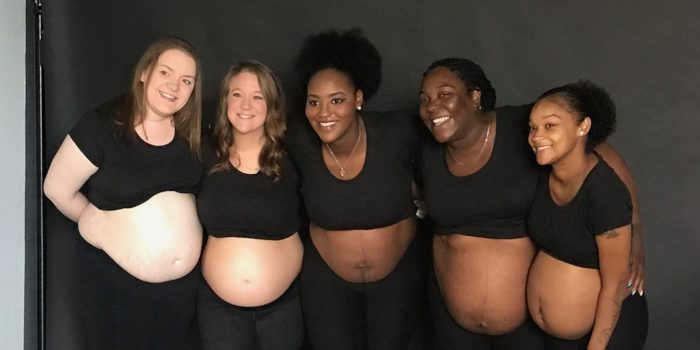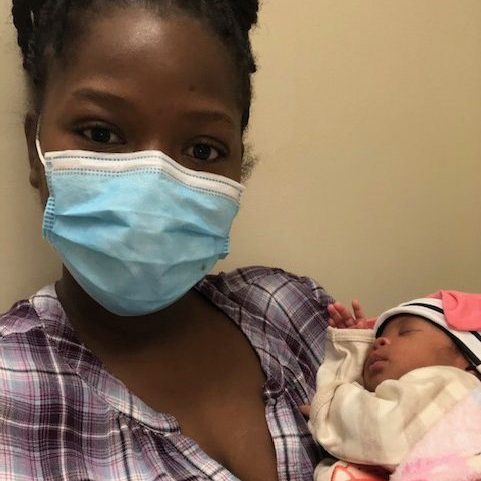Racial Disparities in Stillbirth
We’re working to reduce racial disparities Native Hawaiian, Pacific Islander, Black, Hispanic or Latino, and Indigenous expectant parents and their pregnancies
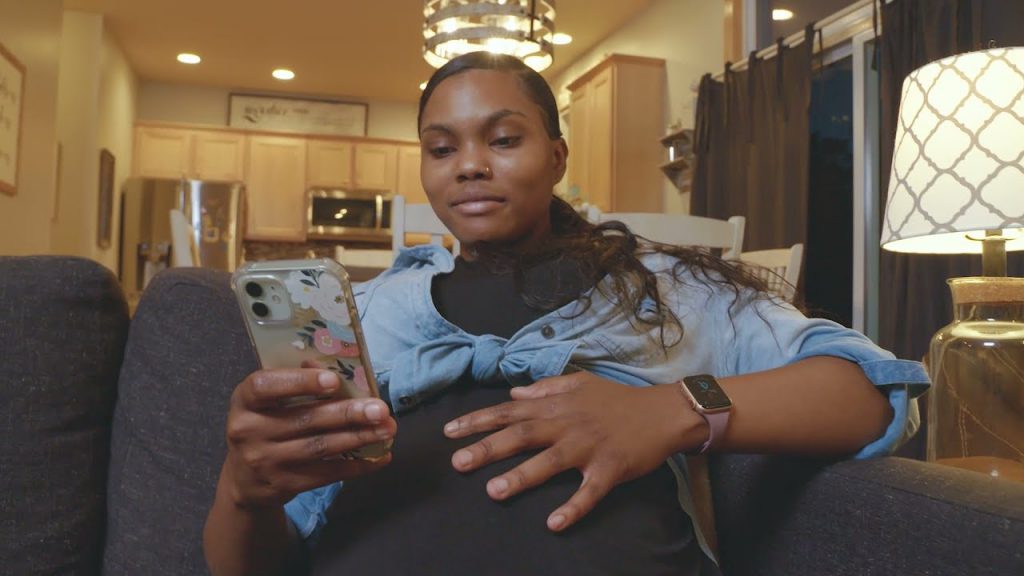
Every year in the U.S. an average of 21,745 babies are born still, according to the CDC. A disproportionate number of babies are born still to Native Hawaiian or Other Pacific Islander, Black, and American Indian or Alaska Native families. According to the CDC:
- 1 in 175 of all pregnancies in the U.S. ends in stillbirth.
- Native Hawaiian or Other Pacific Islander pregnancies have a 1 in 101 chance of ending in stillbirth.
- Black pregnancies have a 1 in 101 chance of ending in stillbirth.
- American Indian or Alaska Native pregnancies have a 1 in 133 chance of ending in stillbirth.
- White pregnancies have a 1 in 206 chance of ending in stillbirth.
- Hispanic pregnancies have a 1 in 207 chance of ending in stillbirth.
- Asian pregnancies have a 1 in 253 chance of ending in stillbirth.
Research from the American College of Obstetrics and Gynecology (ACOG) shows there are several contributing factors to the racial health disparities in stillbirth. Researchers point to the following as causes for the disparities:
- Systemic racism, or the way that society fosters racial discrimination through mutually reinforcing systems of housing, education, employment, earnings, media perception, health care, and criminal justice. These patterns and practices reinforce discriminatory beliefs, values, and distribution of resources that can negatively impact health outcomes. [Source]
- Epigenetics explains how early experiences, both positive and negative, can have lifelong impacts. This type of scientific research shows how environmental influences can affect the expression of genes. Life experiences can rearrange the epigenetic marks that govern gene expression; they can change whether and how genes release the information. [Source]
- Expectant parents of color are more predisposed to conditions like gestational diabetes and preeclampsia
- Access to healthcare can impact early concerns or diagnosis of conditions and treatment
- Socioeconomic barriers
- Education is NOT a determining factor. A college educated Black woman is still more likely to lose her baby than a high school educated white woman. [Source]


